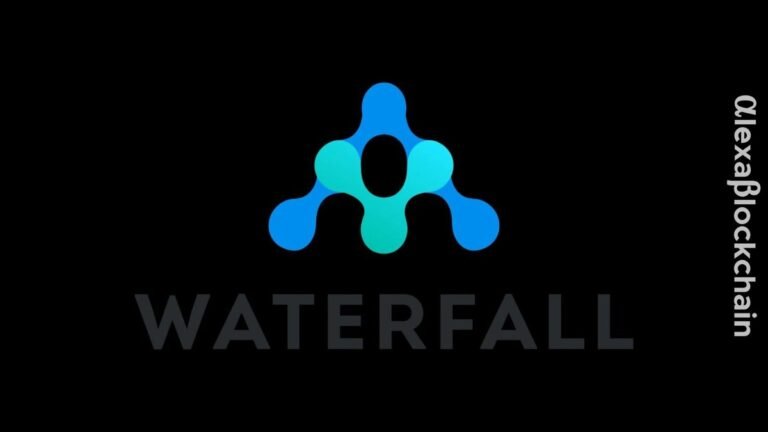Quick Take
Waterfall Network’s Testnet 8 breakthrough boasts 10,000+ transactions per second, marking a significant step toward its highly anticipated mainnet launch. With Ethereum compatibility and innovative DAG technology, Waterfall aims to redefine decentralized smart contract platforms, offering scalability and accessibility for developers worldwide.
Waterfall Network’s Testnet 8 Paves the Way for Scalable, Decentralized Smart Contracts
Waterfall Network, a leading player in the world of Layer 1 (L1) blockchain solutions, has unveiled its Testnet 8, marking a significant milestone in the development of its decentralized smart contract platform. The release of Testnet 8 positions Waterfall Network on the cusp of launching its eagerly awaited public mainnet, promising to deliver unparalleled scalability and efficiency for decentralized applications (dApps).
According the Waterfall Network, Testnet 8 represents the culmination of rigorous testing, optimization efforts, and invaluable user feedback. This latest iteration of the Waterfall protocol brings numerous enhancements and bug fixes that have enabled the network to achieve an impressive throughput of over 10,000 transactions per second (TPS).
One of the standout features of Testnet 8 is its ability to handle the increased load with ease, a critical factor in ensuring the platform’s viability in the real world. It achieves this through optimizations that enable faster synchronization in parallel, improved peer discovery, automatically unlocked validators, and enhanced reliability in optimistic consensus. These improvements lay the foundation for a robust and resilient mainnet.
Sergii Grybniak, the Chief Technology Officer at Blue Wave and Waterfall’s Head of Research, emphasized the importance of the iterative testing process. Grybniak stated, “The many stages of the testnet have proven integral toward developing a public mainnet that will allow for the most efficient means of creating a protocol with virtually unlimited scalability. We thank our community for making Waterfall the best layer one architecture it can be and look forward to what we can learn from the final stages of development in Testnet 8.”
In preparation for the imminent mainnet launch, Waterfall Network remains committed to addressing user feedback. The company has outlined plans to continue improving the platform’s performance by implementing faster synchronization mechanisms, simpler mnemonic phrase handling, and reduced disk space consumption.
Furthermore, Waterfall Network will introduce a Testnet 8 hard fork, during which it will test fork mechanisms and implement stake delegation functionality. These initiatives reflect the project’s dedication to providing a seamless experience for users and validators alike.
A key selling point of the Waterfall protocol is its compatibility with the Ethereum Virtual Machine (EVM), ensuring that the vast Ethereum developer base can effortlessly transition to the Waterfall ecosystem without the need to learn new programming languages. The protocol’s innovative incorporation of “Directed Acyclic Graph (DAG)” technology allows for virtually unlimited scalability and portability of dApps with minimal processing power requirements. This groundbreaking approach enables anyone to run a validator node, even on low-cost laptops and, eventually, mobile phones.
Last month, it raised $2 million in a Pre-Series A round led by ByteTrade Lab to expedite its mainnet launch set for Q1 2024.
As the world eagerly anticipates the launch of Waterfall Network’s mainnet, the blockchain community watches with interest. The promise of an efficient and scalable Layer 1 blockchain that can seamlessly integrate with the Ethereum ecosystem presents exciting opportunities for developers and users alike. Waterfall Network’s Testnet 8 has set the stage for what could be a transformative moment in the world of blockchain technology.
Read Also: DX25 Labs Launches Public Testnet for MultiversX-Based DEX



